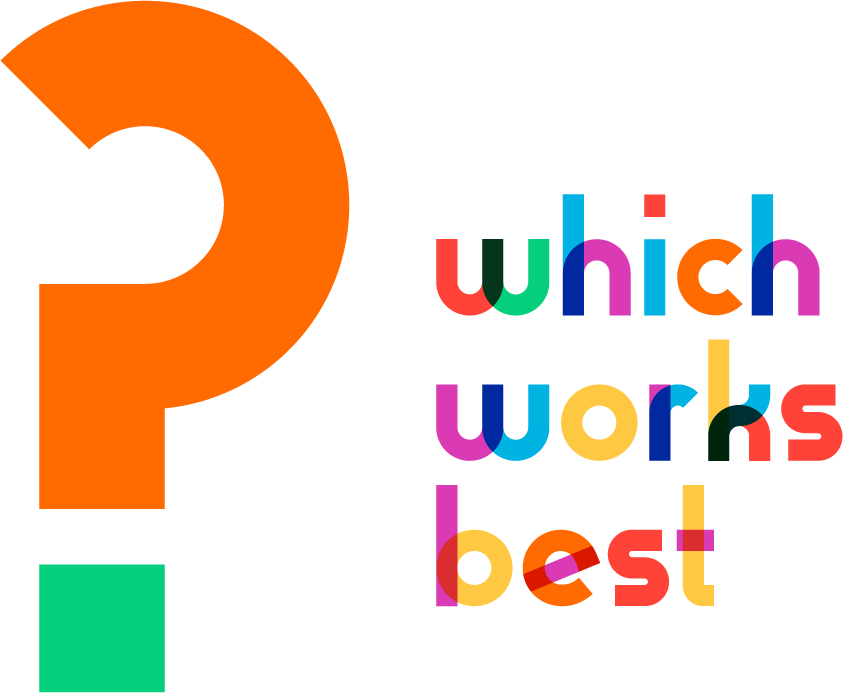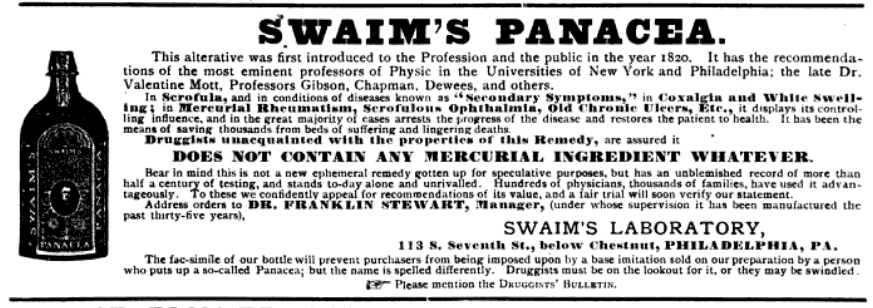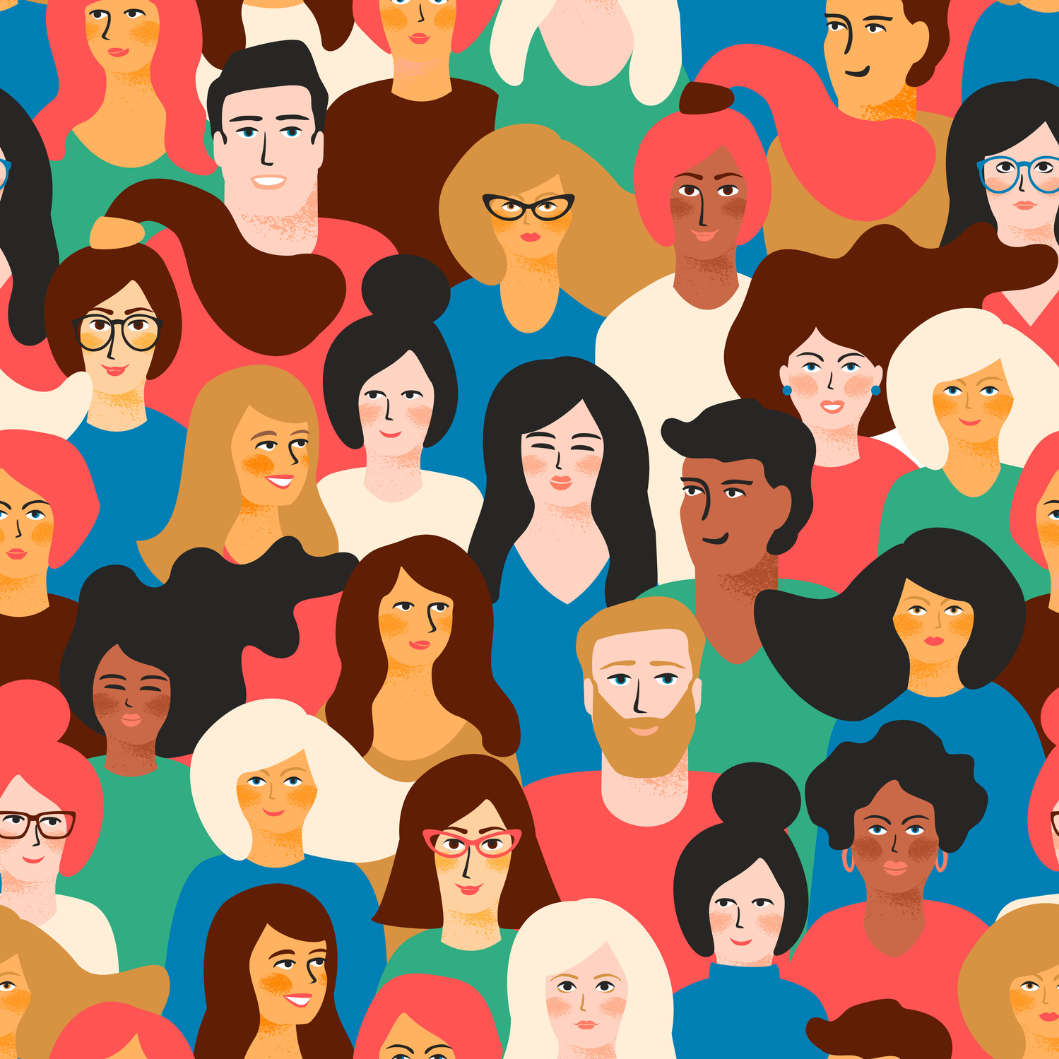Intro: Incremental AI assists to doctors will cascade into healthcare revolution Five years ago, I was diagnosed with central sleep apnea. Apparently my brain sometimes forgets to remind my lungs to breath when I’m sleeping. While a diagnosis of central sleep apnea (CSA) doesn’t compare with cancer’s urgency or MS uncertainty, CSA’s short-term effects (headaches […]
Author Archives: Hank Copeland
A joke
Tseitelman rushed to the rabbi to ask him what to do about an appendicitis attack. The rabbi prescribed a regular dose of cabbage. Miracle of miracles, within three days, Tseitelman returned to the rabbi to advise him that he had been cured. The rabbi, extremely satisfied, wrote in his notebook, “If a man comes to […]
Tolstoy on unique illnesses and self-serving caregivers
Amid the tumbling flood of gossip, duels, dinner parties, battles, clothing choices, serf-floggings and broken engagements that comprises most of Leo Tolstoy’s War and Peace sit quiet islands of wisdom about how humans’ needs knit together to form social instruments and institutions. Resting on the bedrock of human nature, these islands are as ageless as […]
Introductions to single person, n-of-1 trials
A good article in MIT Sloan Review about patient innovation mentions the rise of n-of-1 trials: Fortunately, very low-cost approaches exist and are being developed to make it practical for patients — both individuals and groups — to carry out high-quality, ethically appropriate trials. Many of them involve a trial design called “n of 1,” […]
The medium makes the medicine: a novel history
Medicine’s history is often portrayed as a sequence of discoveries, all made in laboratories. In fact, though, the biggest changes in US medicine over the last 200 years were propelled by forces beyond medicine, specifically, in media. How medicine’s stakeholders communicated in different eras — in formats including medicine shows, newspapers, cars, telephones, medical journals, and TVs — determined what, and how much, was communicated. Where information flows, medicine follows: now social media, biomonitors and AI are ushering in a new age, one of patient generated medicine.
What are n-of-1 trials, and what are they good for?
An n-of-1 trial is a experiment conducted for a single person in which treatment blocks are randomly rotated, symptoms are systematically logged, and results are statistically analyzed. Since many treatments work differently for individuals, n-of-1 trials help determine a treatment’s efficacy for a specific individual. N-of-1 trials are typically used for chronic conditions and are not considered appropriate for acute illnesses.
Which strategy works best to disrupt a social media addiction?
In an article in Harvard Business Review, author Sarah Peck sums up the relative success of four strategies she tested to break her own social media addiction. No social media for 30 days, which was ‘easier than expected.’ Result: after the month was over, Peck discovered her phone was her addiction enabler. Allowed social sites […]
This is what innovation (finally) sounds like
Moore’s law finally arrives for the people with impaired hearing. New FDA regulations may bring hearing aids to tens of millions of Americans, disintermediating audiologists and cutting into sales for makers of traditional hearing aids.
Best practices for personal experiments, aka n-of-1 trials, are well documented but rarely used
Though the effectiveness of many treatments varies widely across individuals, treatments are rarely rigorously evaluated on a personal basis. Instead, pressed for time, physicians rely on trial and error testing. But protocols for personal experiments are simple, and their benefits are well documented.
Why aren’t n-of-1 experiments already common for chronic conditions?
Because many treatments’ effects vary depending on the individual, some researchers argue that effectiveness should be evaluated per patient. Yet a simple evaluation protocol that’s been tested and refined for 30 years, called an n-of-1 trial, is rarely used. Why?







